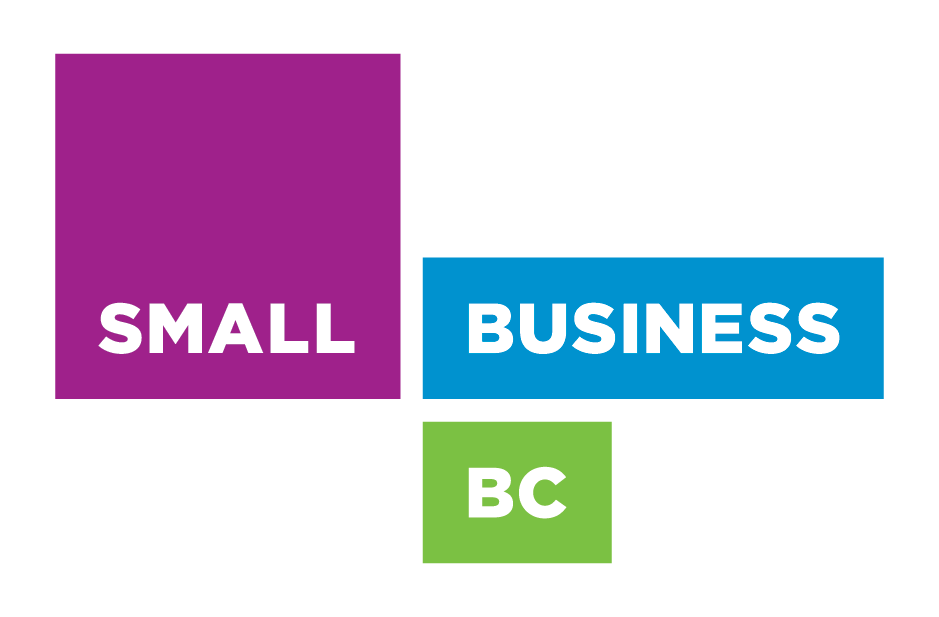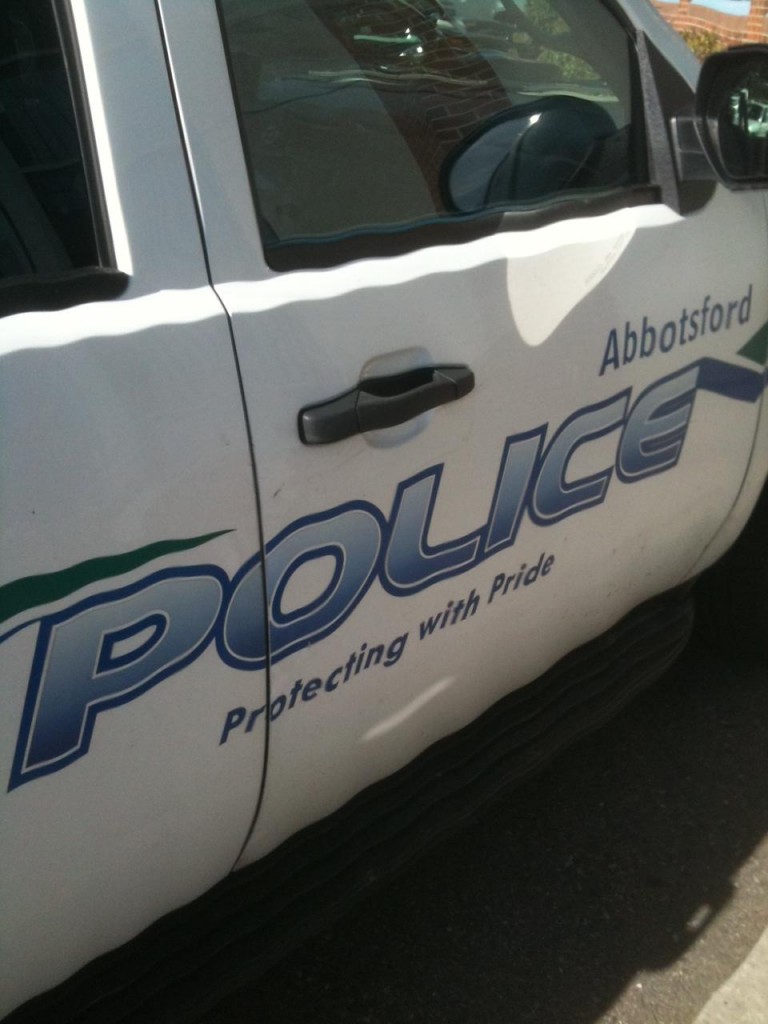I am blessed with a steady stream of questions that arrive from visitors to my DriveSmartBC web site. Whenever I am short on ideas to base my weekly article on I can count on someone to make a suggestion. This week the operative word is short, and I’m going to deal with questions that haven’t developed into a full article but deserve a response.
My question is about HOV lanes: Since there is a solid line to separate HOV traffic from regular traffic how do we safely apply the move over for the let faster traffic to go by problem?
There is more depth to this question than first appears. The solid line means that it is illegal to move from one lane to another. In addition, the HOV lane is specifically exempted from the slower traffic keep right rules. However, if you choose to drive at a speed that is lower than the normal speed of traffic, you must use the right hand lane available for traffic.
Does that mean if everyone else is speeding, you want to follow the speed limit and qualify to use the HOV lane, you cannot? Ultimately that might be the question for a traffic court justice.
I often choose to use the right hand lane even if I qualify to use the HOV lane because I am uncomfortable not following the speed limit. When I do use the HOV lane I generally have a bulldozer sitting on my back bumper or other drivers weave around me increasing the risk of collision for all of us. Self preservation outweighs convenience in heavy traffic.
Whose idea was it to use stainless steel cable to trap cars with in the event you run off the road? Those things could be very dangerous to a biker if forced off the road in to the “barrier.”
For the answer to this one I turned to the Wikipedia article on cable barriers. It says “In many countries of the European Union these cable barriers are not allowed to be used along highways as they perceived to be especially hazardous for motorcyclists. However, a study of motorcyclist injury rates for several types of highway barrier did not find an appreciable difference in fatal and severe injuries between cable barrier and W-beam barrier. Both were significantly more hazardous than concrete barrier, however were less hazardous than having no barrier at all.”
How do we get the manhole at the turn off for main street at the north end of the Second Narrows bridge level with the rest of the pavement. Who we gonna call?
There are highway maintenance standards for British Columbia. Surface maintenance standards don’t mention this specific issue but do speak of distortions and specify time frames for repairs. Since road maintenance contractors must make regular inspections, they should be aware of the issue.
This may be somewhat different for roads that are maintained by individual municipalities instead of MOTI contractors.
In either case, one of the two is responsible and maintain contact information for the public to report problems. Check the municipal web site for city streets and the Road Maintenance Contractors contact information for others. If you choose incorrectly, they should be able to tell you who the correct contact would be from experience.
Story URL: http://www.drivesmartbc.ca/miscellaneous/ask-drivesmartbc

Constable Tim Schewe (Retired)
DriveSmartBC: Where better than average drivers satisfy their curiosity.













